Huawei Mate X3
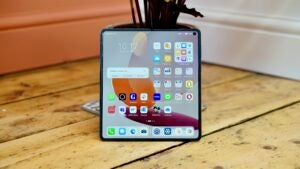

The Huawei Mate X3 is a tragically beautiful foldable that virtually nobody should consider buying. Top-level hardware is totally hamstrung by heavily restrictive software, not to mention a high price and no 5G.
Pros
- The best book-style foldable design
- Strong cameras for a foldable
- Excellent screens
- Rapid charging for a foldable
Cons
- No access to Google Play or Google apps
- Lots of bloatware
- Previous-gen processor
- Expensive, even for a foldable
Key Features
- Thin and lightweight designMeasuring in at 239g and 5.3mm thick when unfolded, the Huawei Mate X3 represents the pinnacle of foldable design.
- Great camerasConsidering just how thin the foldable is, the inclusion of a 50M main, 12MP 5x telephoto and 13MP ultrawide is impressive.
- Fast charging capabilities66W wired fast charging is among the fastest around on foldables, while also supporting 50W wireless charging and 7.5W reverse wireless charging.
Introduction
I could probably have taken a stab at writing the conclusion to the Huawei Mate X3 review before I even laid hands on this classy new flagship foldable.
That’s got nothing to do with lazy journalism (honest), and everything to do with the unique predicament Huawei finds itself in.
Fact 1: Huawei makes some of the best smartphone hardware in the business. Fact 2: Huawei offers the worst software experience of any smartphone manufacturer, mostly thanks to US government sanctions.
There was always the chance that Huawei was going to drop the ball on the hardware front with the Huawei Mate X3, or that it might find some better way forward from the whole ‘no Google Mobile Services’ debacle. It hasn’t, and it hasn’t.
What’s more, at £1,999 for the sole 12GB RAM/512GB storage model, the Huawei Mate X3 is flat-out expensive, even for a premium foldable.
With all that said, it’s still well worth running through what the Huawei Mate X3 has to offer. Because the day those sanctions end (if they ever end), Samsung, Xiaomi, and Google are going to have a problem on their hands.
Design and screen
- Thin, light design for a foldable
- Tight gapless hinge with minimal dip when open
- Balanced, accurate 6.4-inch and 7.85-inch OLEDs
It might be £130 to £330 more expensive than its rivals, but you can instantly see and feel where the money has gone with the Huawei Mate X3.
This is an impeccably built book-style foldable that almost feels like a ‘normal’ flagship phone when it’s all folded up. In this more discrete configuration, the Mate X3 is a manageable 11.8mm thick, and there’s nary a glimpse of light visible between its two halves. It makes the Galaxy Z Fold 4 look embarrassingly off the pace, though to be fair to Samsung, the Galaxy Z Fold 5 was only weeks away during my test period.
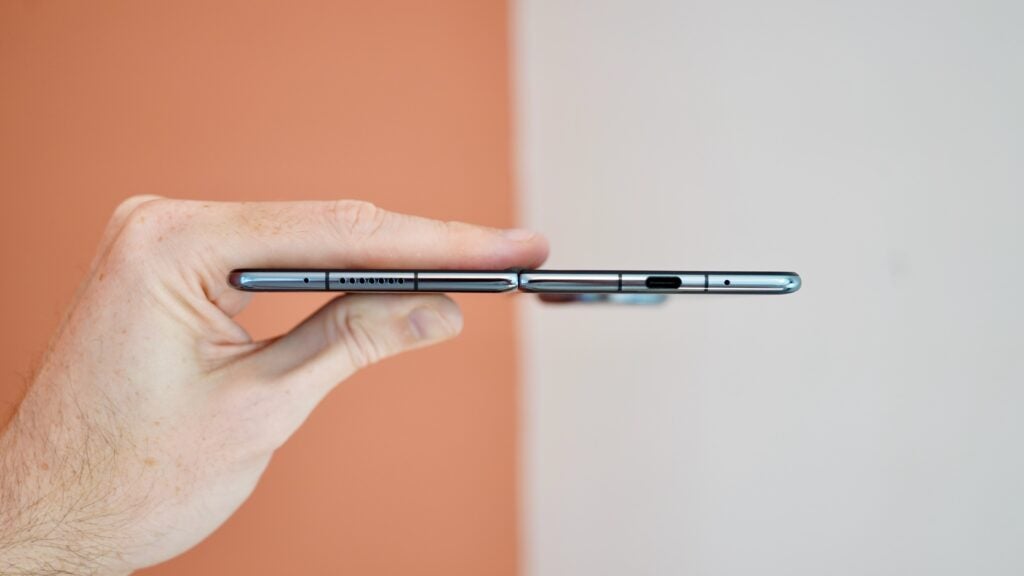
An official weight of 239g positions the Mate X3 right alongside the iPhone 14 Pro Max for heft. It’s a heavy phone, no doubt, but it’s not a heavy foldable, coming in 24g lighter than the Galaxy Z Fold 4 and a whopping 44g lighter than the Google Pixel Fold.
Beyond these borderline normal dimensions, the Huawei Mate X3 looks and feels superb. From its shiny aluminium spine and matching curved frame to its silky, gently rounded glass back and matching front, it sits in the hand kind of like a £2,000 phone should.
Even the huge circular camera module serves to give the Mate X3 the feel of a non-foldable phone, somehow balancing out and distracting from its asymmetrical nature.
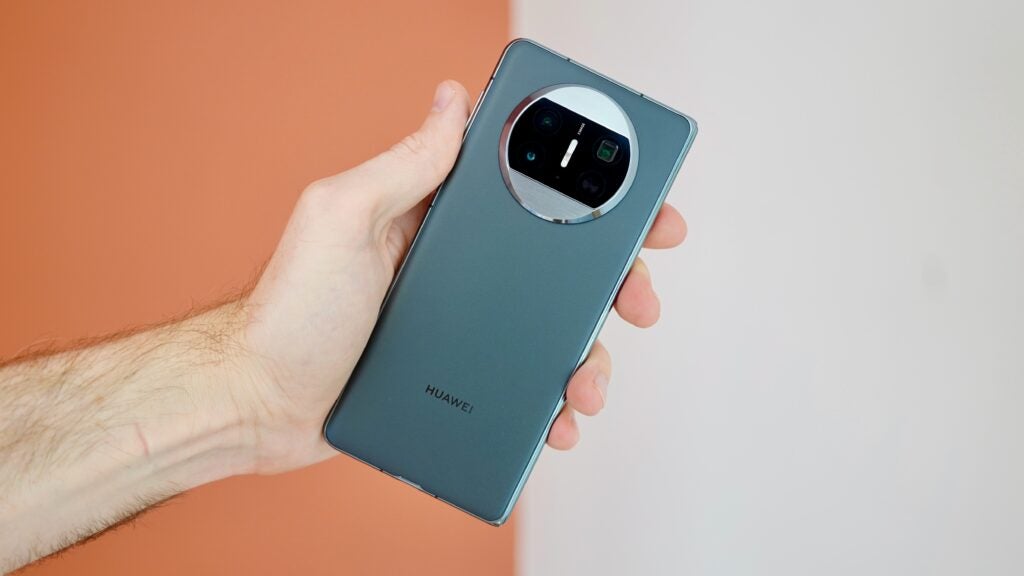
The Mate X3’s tightly wound hinge supplies a high amount of clamping force, keeping the X3 securely closed in your pocket. That does mean that it takes a little effort to unfold, but it also means that it can be opened at any angle – though much beyond 120 degrees and the phone will tip over on a flat surface.
It regains its poise once folded completely flat, with a skinny 5.3mm body and one of the subtlest hinge dips I’ve seen or felt. It’s there, but it’s extremely easy to overlook.
Huawei hasn’t quite managed to work its magic in solving the foldable dust resistance conundrum, so you still only get an IPX8 rating like the Fold 4. At least it’s competitive with its contemporaries on that front.
There are two screens on offer here, as has become the standard for such foldables, and they’re of the highest standard. Externally you get a 6.4-inch 1080 x 2504 OLED, while internally there’s a 7.85-inch 2224 x 2496 OLED, both maxing out at 120Hz. By default, Huawei will dynamically adjust both the resolution and the refresh rate according to the task at hand, but I cranked these both up to max for most of the review period.
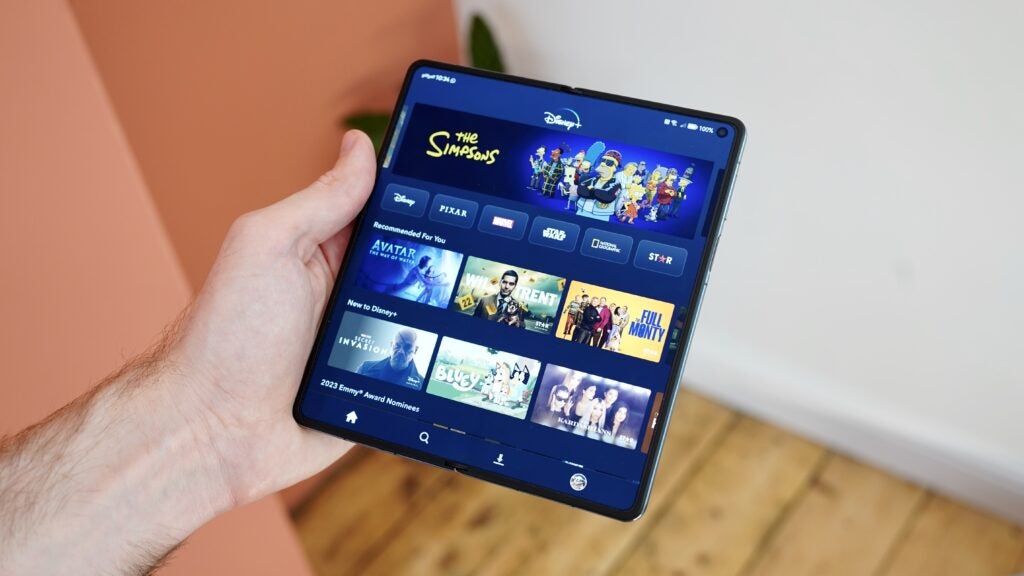
Huawei has gone down the Samsung route to screen orientation rather than the Google one, meaning that the internal display is slightly taller than it is wider. However, the main thing here is that the external display has a more normal aspect ratio than the Galaxy Z Fold 4’s, further helping to make it pleasant to use as a regular handset.
What really matters with these displays, of course, is that they’re bright, sharp and colour accurate, and also that they’re well synced. You’ll flit from one display to the other, and there’ll be no noticeable drop off in the quality of the experience.
Cameras
- Strong 50MP wide sensor with laser AF and OIS
- Unusually good 12MP 5x periscope with OIS
- Average 13MP ultrawide
Early foldables had pretty woeful camera systems, especially for the money. Recent examples have started to turn the tide, however.
The Google Pixel Fold has arguably offered the best foldable camera experience yet, chiefly thanks to Google’s image processing excellence. With the Mate X3, Huawei has applied its hardware mastery to the problem, and has joined Google near the top of the pile.
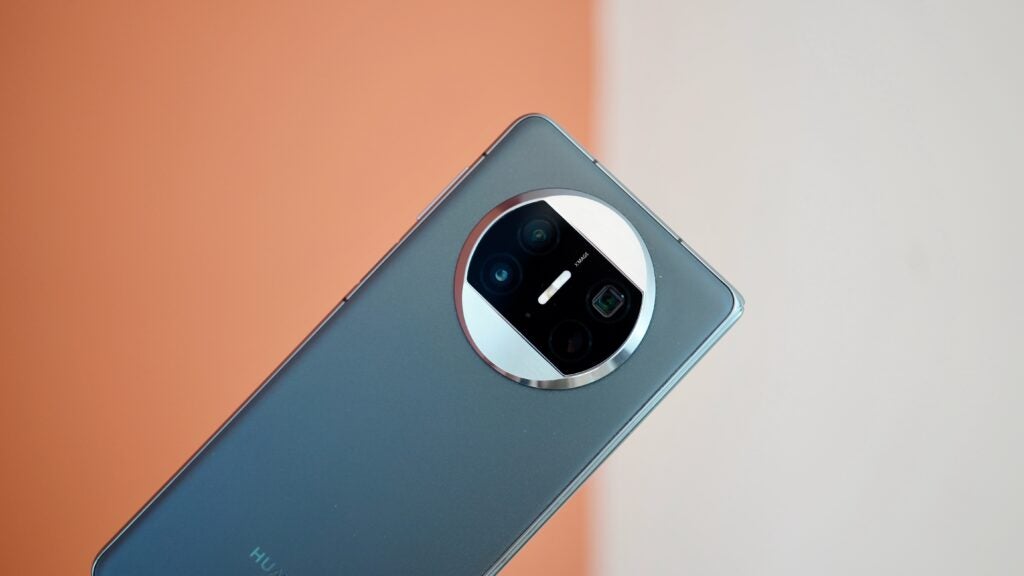
The main sensor here is a decent 50MP unit with PDAF, laser AF, and OIS. Together with Huawei’s own considerable image processing chops, it yields bright, sharp, well-focused shots with effective HDR. Colours are nice and natural, too.
Huawei was one of the first manufacturers to crack the low light code, and sure enough, the Mate X3 takes strong nighttime shots. They look appreciably brightened, but not at the expense of preserving the tone of the scene. There’s more noise than with a non-foldable flagship, of course, but it’s all relative.





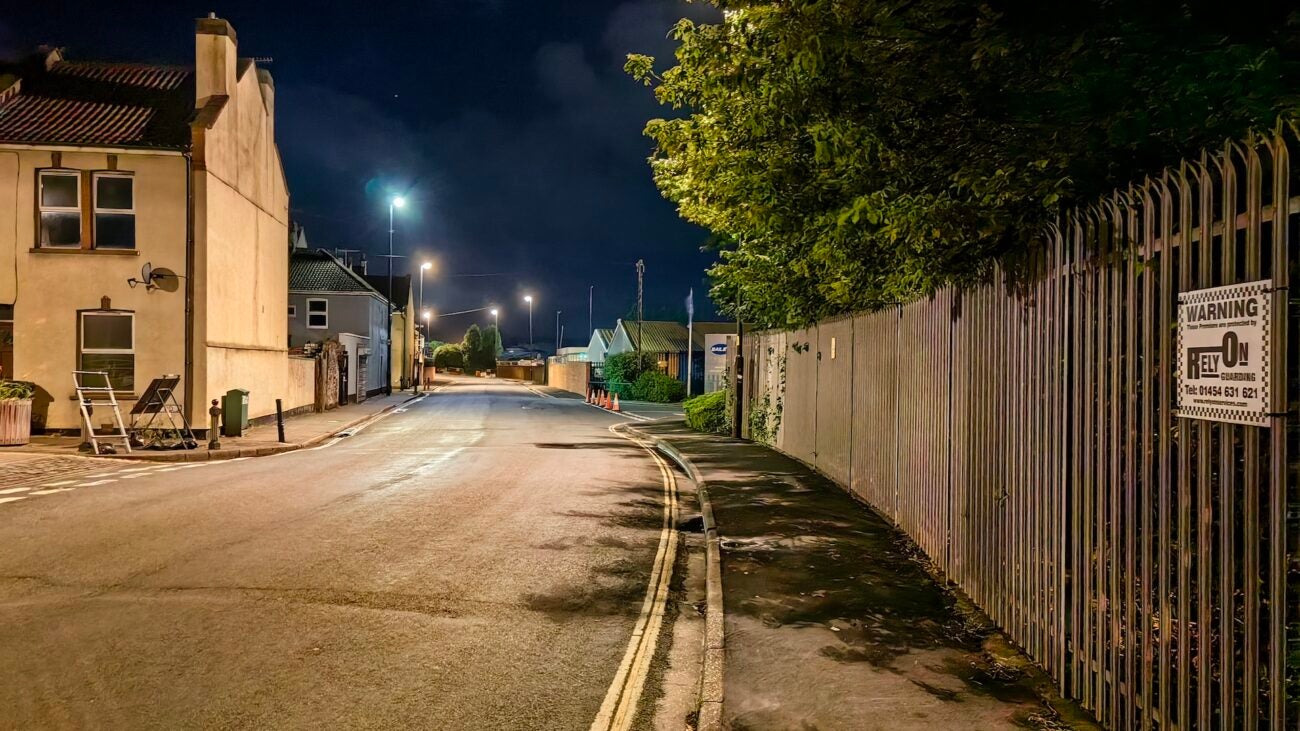


Where the Huawei Mate X3 really stands out from the foldable crowd, however, is with its 12MP periscope telephoto camera. This can achieve 5x zoomed shots, like the Pixel Fold, and well ahead of the Galaxy Z Fold 4’s 3x zoom.

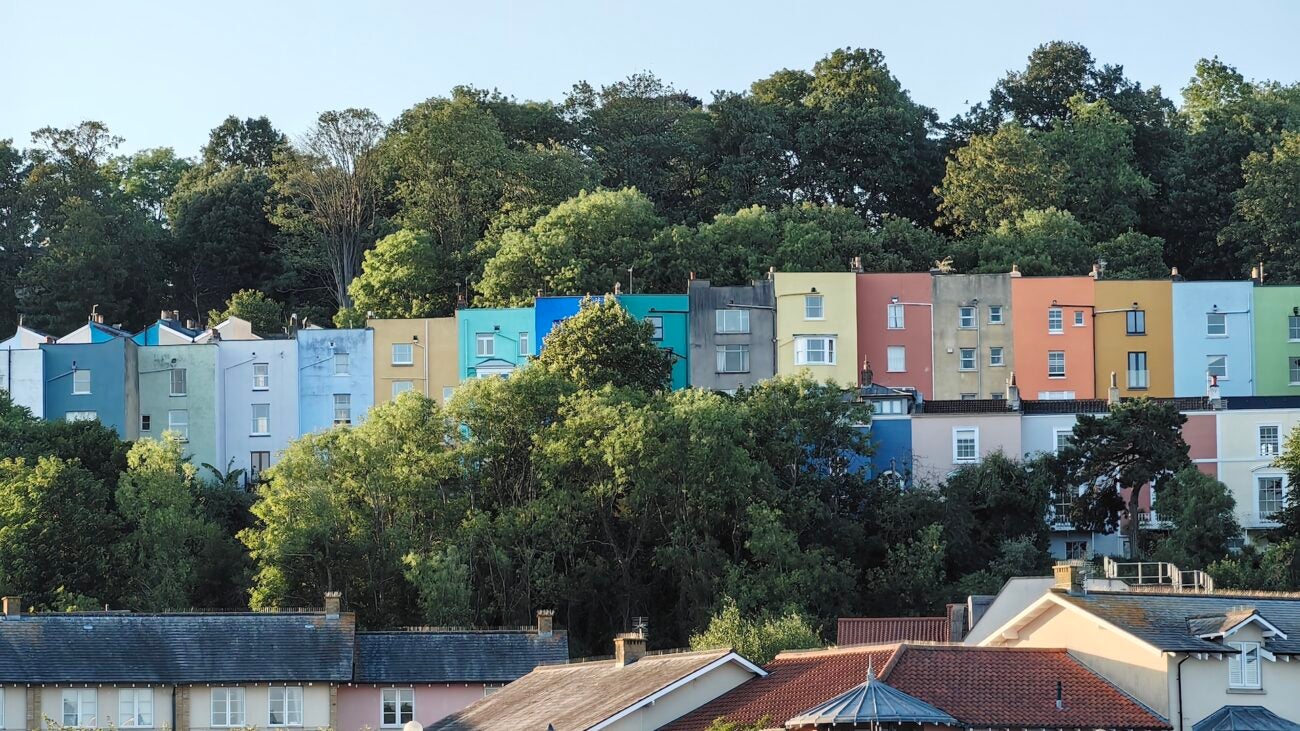

They’re decent shots too, with plenty of detail, a locked-on focus, and a tone that broadly matches the main sensor. Even 10x shots look passable here, courtesy of a hybrid zoom technique.


The 13MP ultrawide is nothing to write home about. It does a reasonable job, though its colours seem less natural than the other sensors, and it struggles more with dynamic range.


You also get a pair of 8MP selfie cameras, one for each screen, and they take reasonably rich and balanced shots.

Performance and software
- Snapdragon 8 Plus Gen 1 is old but fast
- No Google support
- EMUI 13.1 is full of bloatware
- No 5G connectivity
The Huawei Mate X3 runs on a Snapdragon 8 Plus Gen 1 processor, which was a cutting-edge component at the end of 2022, but has since been overtaken by the Snapdragon 8 Gen 2.
Given the price Huawei is asking, you might justifiably expect the faster component, just as you might expect it to provide 5G connectivity. The company’s ongoing legal issues mean this is a 4G-only affair.
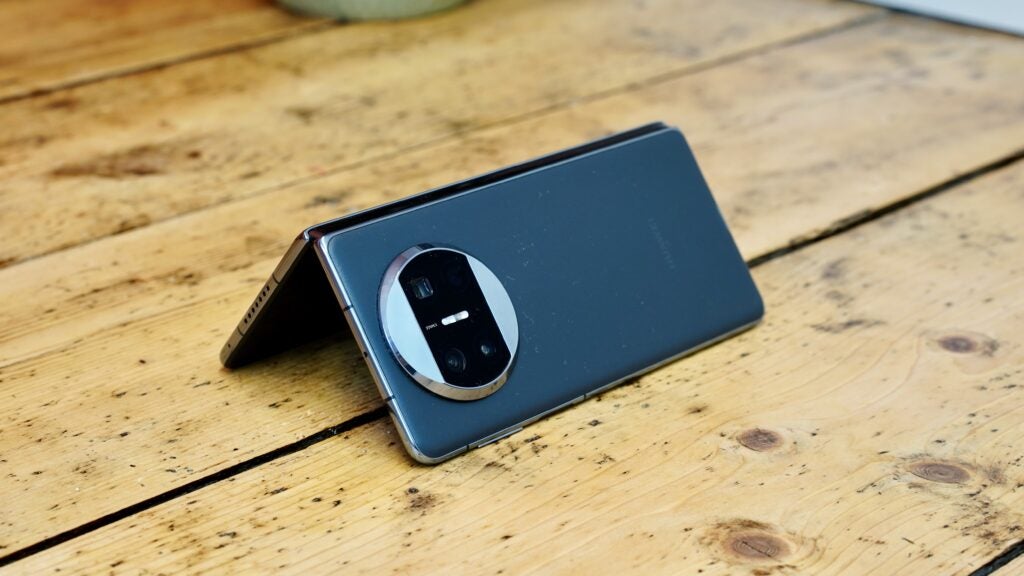
Still, in foldable terms, the Mate X3’s level of performance sits right near the top of the tree – for now at least. Its main rival the Samsung Galaxy Z Fold 4 runs on the same chip, as does its cousin the Honor Magic Vs.
Meanwhile the bright young thing of the foldable scene, the Pixel Fold, uses Google’s own Tensor G2 chip – a smart piece of silicon, no doubt, but not a particularly impressive runner in the benchmark stakes.
Speaking of, the Huawei Mate X3 blitzes Google’s chunky foldable on our CPU tests, and it also tops the Fold 4 and the Magic Vs. We’re not sure if Huawei has extracted more performance from the same chip, or just optimised it better for specific benchmarks.
Either way, it’s a strong performer, with nary a wobble or stutter when multi-tasking, unlocking, or gaming – once I found some appropriately mainstream games to test.
That brings us to the main point of contention here: the fatal lack of the traditional Google-based experience that almost every other Android phone provides.
The trouble with signing up for any new Huawei phone is that it means fundamentally changing the way that you do things. It’s a world of dodgy-looking alternative app stores, convoluted APK file download management, and parallel-universe app alternatives.
There are ways to get Google apps onto the Huawei Mate X3, but it’s a hit-and-miss experience. As someone who typically goes all-in with Google apps on Android phones, I’ve adopted a scorched-earth approach when testing Huawei phones in order to maintain my sanity and productivity. I forget about Google, and simply shift my allegiance wholesale to Microsoft for a week or two.
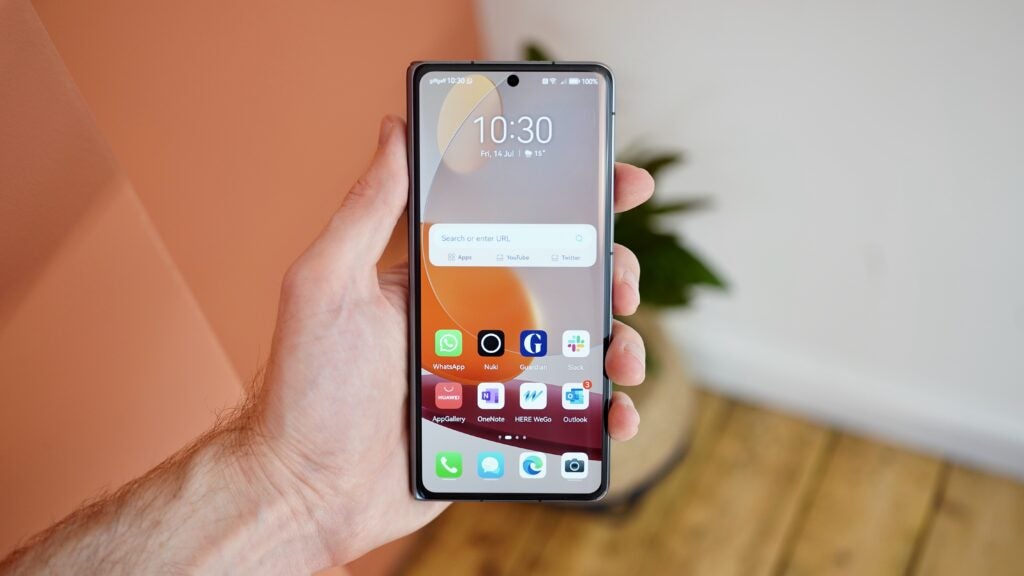
The company’s excellent Outlook app sees to your integrated email and calendar requirements, Microsoft OneNote handles note-taking in powerful if not super-intuitive fashion, and Edge will do as a web browser. Doing it this way gives you a measure of the tight integration and reliability of the usual Android-Google experience, but in a form that plays nicely with Huawei. Microsoft’s SwiftKey keyboard already comes as standard.
When it comes to mapping, there’s no replacement for Google Maps, but HERE WeGo has long been a slick and reliable alternative. While we’re talking of mapping, no Google Maps means a number of other apps won’t work on the Mate X3, most notably Uber.
Gaming on the Huawei Mate X3 is pretty terrible, not because of any hardware shortcomings, but because you have to jump through those aforementioned hoops to find the best games. I located Vampire Survivors, CoD Mobile, and Wreckfest through the Petal Search system, which scours unofficial app stores containing side-loadable APK files. None of these turned up when searching in Huawei’s own AppGallery, confusingly, despite Petal Search being integrated into it.
Of course, none of your progress will make its way over from previous Android phones, while if you spent any money on the game you’re probably out of luck.
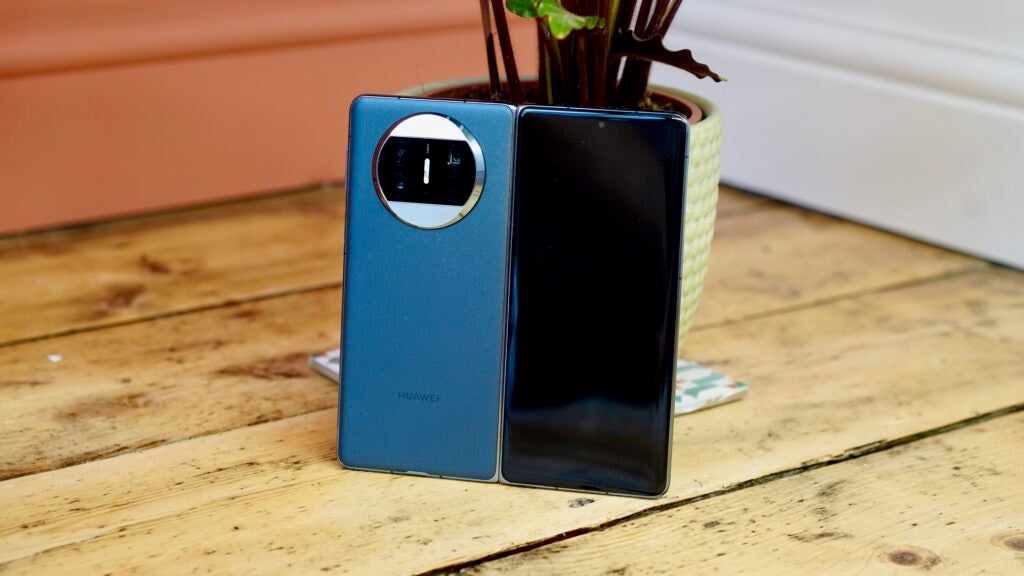
This is risking turning into a How To guide now, but it just serves to illustrate how problematic and unintuitive running the Huawei Mate X3 is compared to almost every other foldable on the market. For the vast majority of people, it’s a deal breaker.
Even without these issues, EMUI 13.1 is hardly the cleanest Android interface out there, what with its bloatware problem (including two web browser apps and some awful games) and a layout that’s more indebted to Apple than Google.
Battery life
- 5,800mAh battery proves ample
- All-day battery life
- Strong 66W wired, 50W wireless charging provision
Like every other foldable, stamina is not what you’d call the Huawei Mate X3’s strong suit, but nor is it a disaster. In fact, I didn’t worry about the phone running out of power once.
Huawei has packed the Mate X3 with a 4,800mAh battery, which is bigger than the Samsung Galaxy Z Fold 4’s, smaller than the Honor Magic Vs’s, and the same as the Pixel Fold’s. Given the thinness and lightness of the phone, it’s a small miracle.
I was able to go through a long day of light-to-moderate usage (around 3 hours of screen on time), with the displays maxed out on resolution and refresh rate, and was left with 45% left in the tank. It should be able to get you through more intensive days, especially if you flip those smart display modes back to their more efficient default settings.
If you’re a particularly heavy user of that internal display, there’s a chance you might have a tougher time. This is a phone that’s built for mixed-use, however, and the Huawei Mate X3’s superb external screen and brilliant design meant that I was never over-eager to open it up unless the situation dictated.
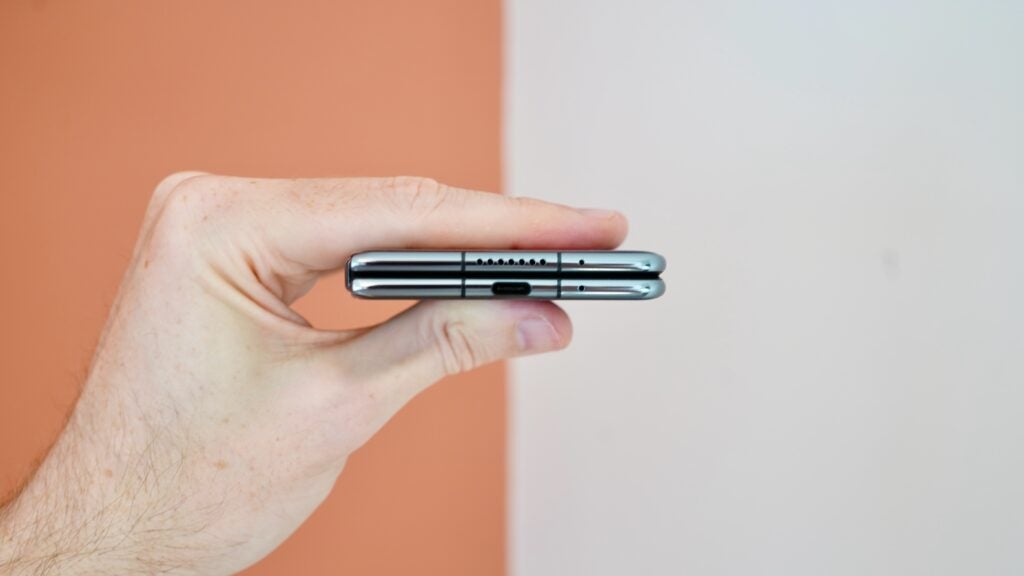
Besides, the Mate X3 acquits itself well with more intensive full-screen tasks. An hour of Disney+ streaming sapped just 5% of a charge, while half an hour of light 2D gaming sapped 7%. Those are strong results.
You also get a very good charging provision, at least for a foldable of this type. Huawei supplies a 66W wired charger in the box, which will get you from empty to full in less than 45 minutes. That’s way better than the Galaxy Z Fold 4 and the Pixel Fold.
There’s also 50W wireless charging, though you’ll need a special wireless charger to make the most of those speeds. Regular Qi charging will work just fine.
Latest deals
Should you buy it?
You want the best full-sized foldable hardware around:
At the time of writing this review, the Huawei Mate X3 offers probably the best full-sized foldable design on the market. It’s sleek, light, and stylish.
You like to use Google apps and services:
With no Google Play Store and no official support for Google Mobile Services, the Mate X3 is not friendly to those embedded in the big G’s ecosystem.
Final Thoughts
Almost no one should consider buying the Huawei Mate X3. It’s very expensive, there’s no 5G, its processor isn’t the very latest standard, and the lack of Google support will make it borderline unusable for the vast majority of app-using people.
That’s a real tragedy, because if you’re talking about pure premium foldable hardware, the Huawei Mate X3 is the best in the business. It’s sleek enough to use as a normal phone whilst closed, but it unfurls confidently into a slim and capable mini-tablet.
Its cameras, too, are very good as foldables go, with the particularly notable provision of a strong 5x telephoto. Battery life is also solid, while the charging provision is the best we’ve seen in a foldable.
There’s so much to like here. Even so, we can’t in all good conscience recommend the Huawei Mate X3 above the Samsung Galaxy Z Fold 4, the Google Pixel Fold, or any other book-style foldable from a manufacturer that has its house in order.
How we test
We test every mobile phone we review thoroughly. We use industry-standard tests to compare features properly and we use the phone as our main device over the review period. We’ll always tell you what we find and we never, ever, accept money to review a product.
Find out more about how we test in our ethics policy.
Used as a main phone for a week
Thorough camera testing in well-lit and low-light conditions
Tested and benchmarked using respected industry tests
FAQs
It’ll last you all day without any issues.
7.85 inches external, 6.4 inches external.
Yes, and 50W wireless charging at that.
Trusted Reviews test data
Full specs
The post Huawei Mate X3 appeared first on Trusted Reviews.
Source Trusted Reviews ,Home Appliances Reviews

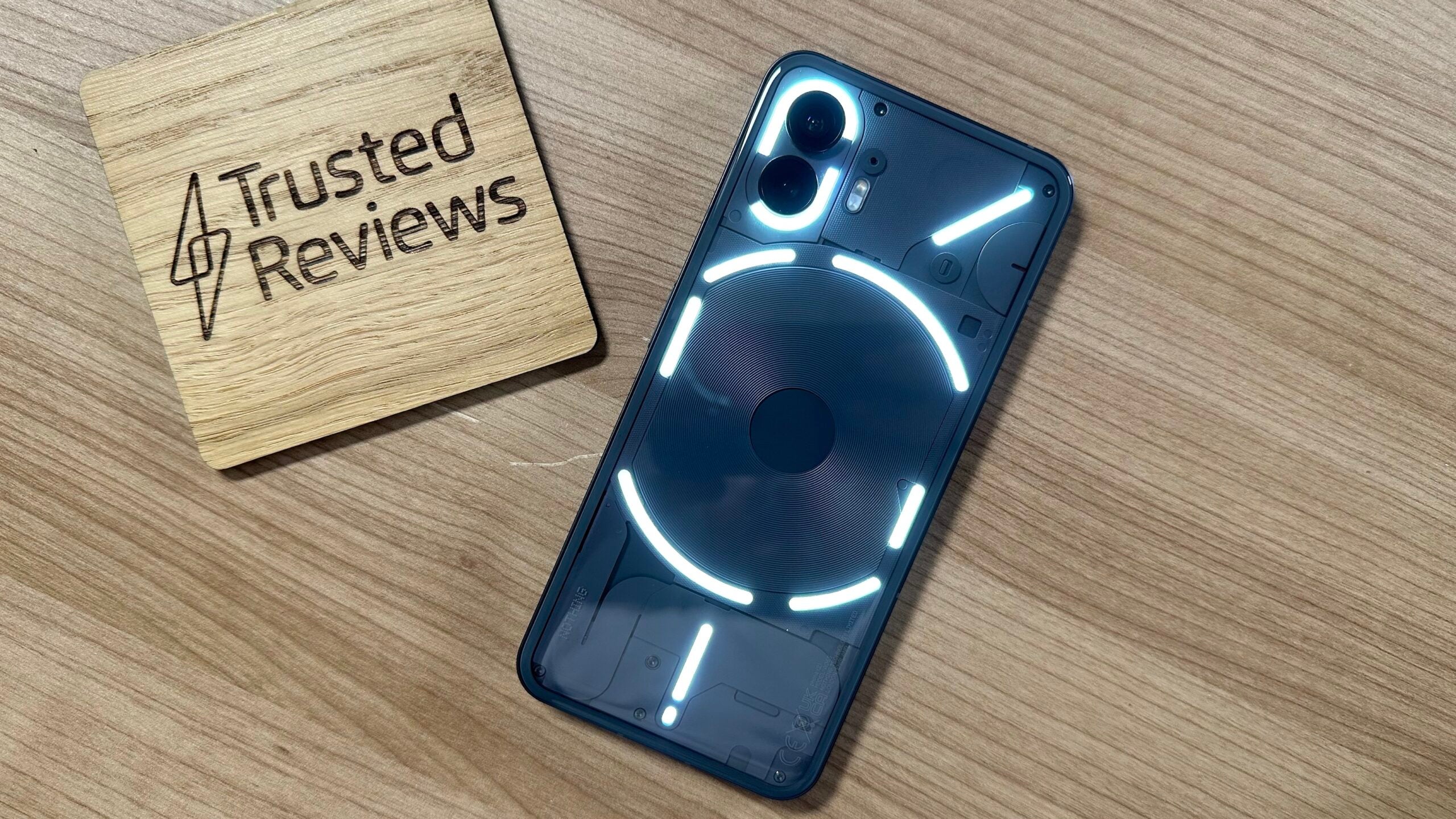
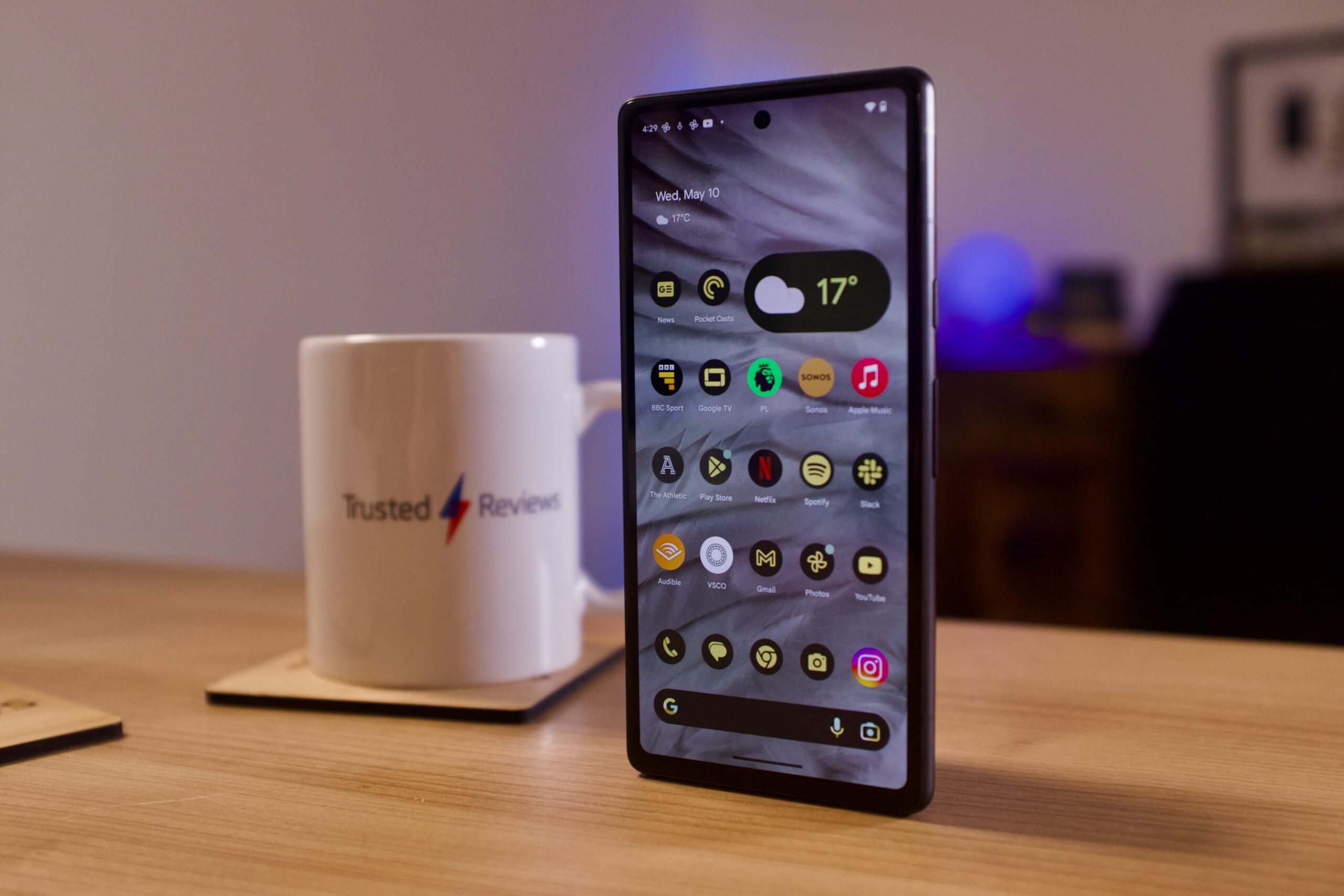
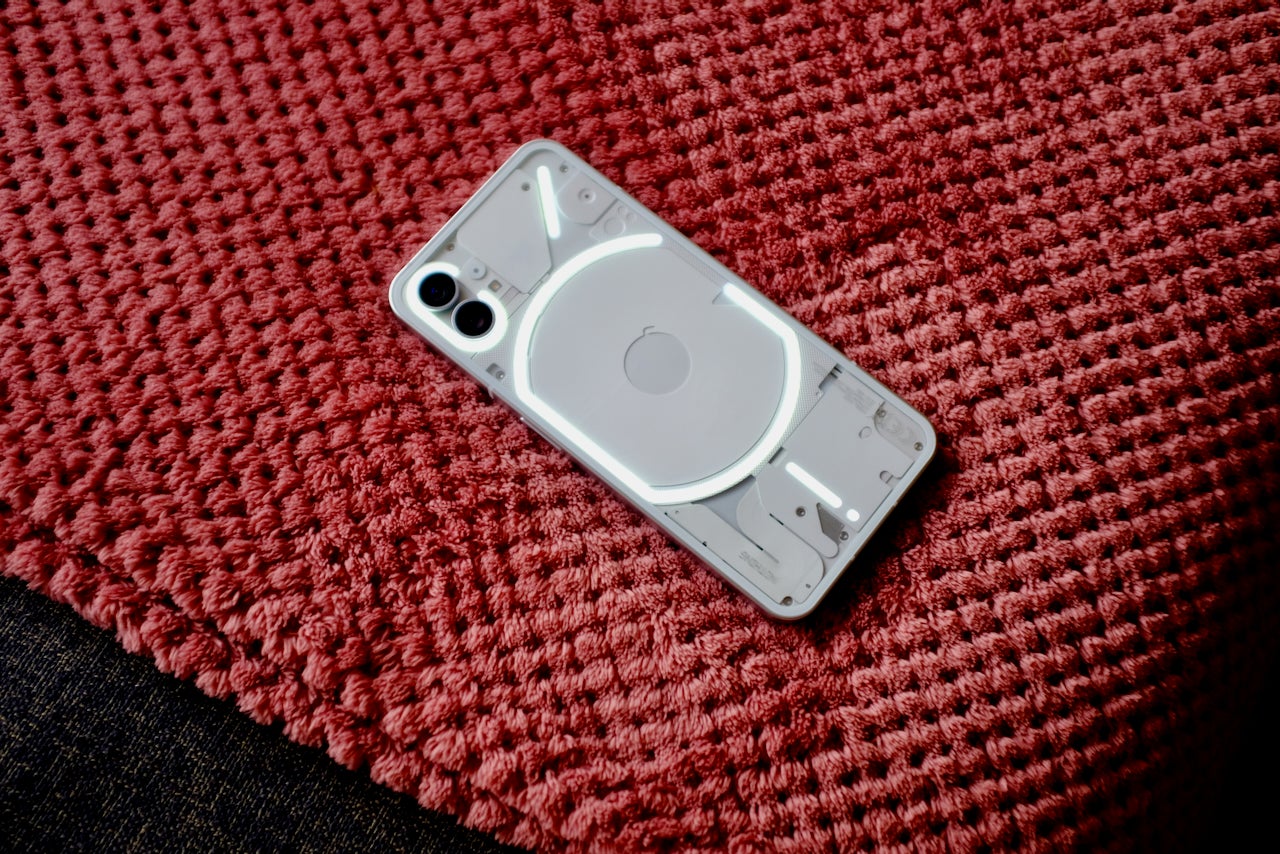
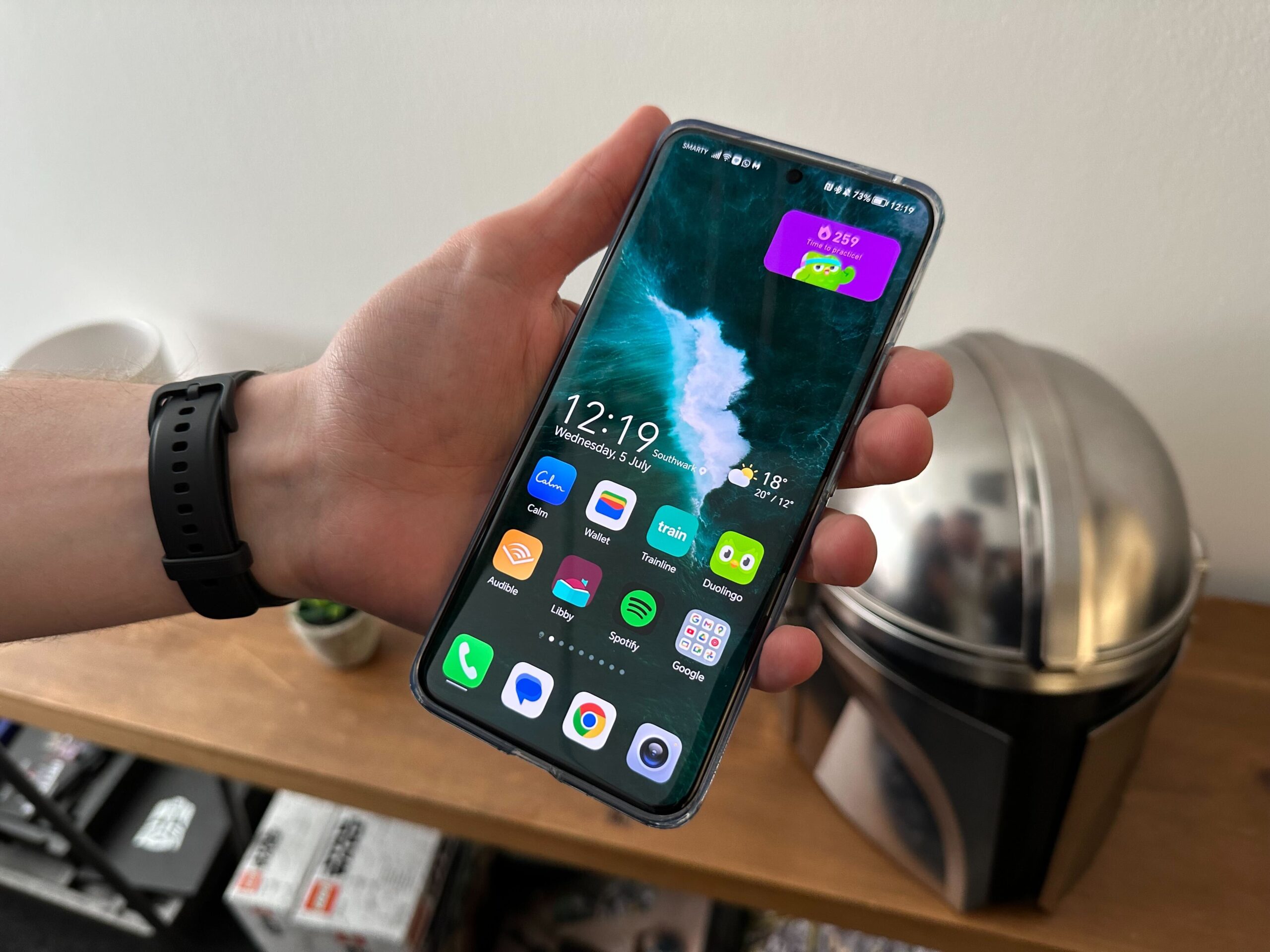

No comments